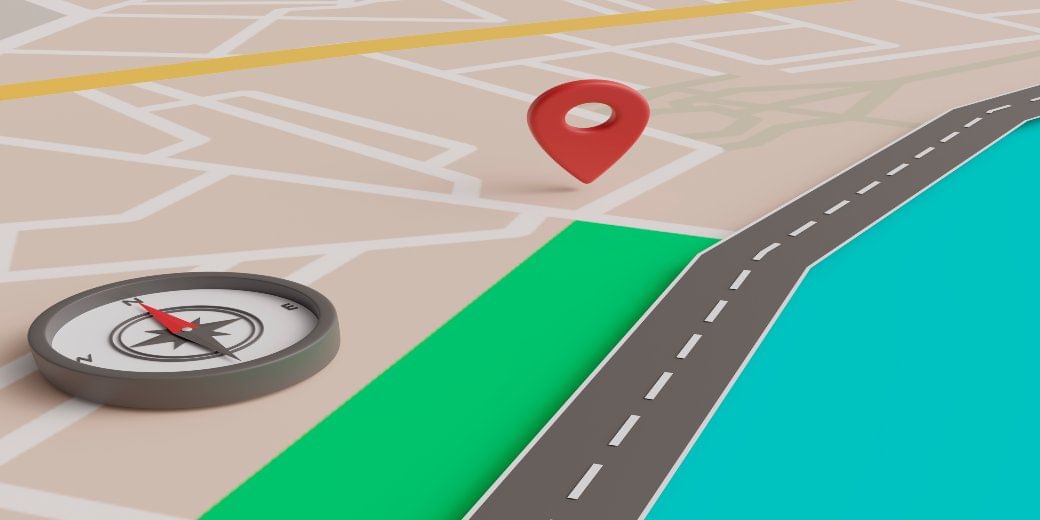Isro's navigation chip will land in your pocket
All 5G smartphones would need to integrate the navigation chip in the smartphone by January 1, 2025, while for all other phones the deadline is December 2025.

The Indian Space Research Organisation (Isro) that dominated the headline after successfully sending an unmanned craft to the moon is again set to become a household name with the government deciding that all smartphones in the country would have to install a navigation system developed by Isro by the end of 2025. Apple recently adopted the system in some of the waiting-to-be-sold new iPhone 15 models, prompting a buoyant MoS for electronics and information technology Rajeev Chandrasekhar to make the announcement.
The system is called NavIC which is an abbreviation for Navigation with Indian Constellation. All 5G smartphones would need to adopt it by January 1, 2025, while for all other phones the deadline is December 2025.
The minister has said that the government has already made the use of NavIC chips compulsory in vehicles.
Apple is the latest and most prominent brand to adopt NavIC. Several Chinese brands such as Xiaomi, Poco, Oppo, Vivo, OnePlus already use the system in some models.
To incentivise the adoption of NavIC in phones, the government could consider giving incentives for using NavIC-supporting chips while formulating the next round of production-linked incentive (PLI) scheme.
“In line with the incentives that we have announced under the IT hardware PLI (production-linked incentive), where cashback to companies can significantly go up if they use India-designed or -manufactured chips in their systems, we will extend the same idea to the smartphone PLI as well for using domestic chips that support NavIC,” Chandrasekhar said while interacting with the media on September 14.
“We want to create an incentive structure that will encourage companies under the PLI schemes to use NavIC-supporting chips designed or made in India,” the minister added. However, Chandrasekhar did not spell out the timeframe when the new PLI scheme will be declared.
“When we have a mobile phone grid chip, which is performance-competitive, cost-competitive, we will certainly incentivize mobile phone devices to incorporate that as well,” the minister told the media.
Chandrasekhar clarified that NavIC would be used in addition to other GPS systems. The systems that are being currently used are the Global Positioning System (GPS) developed by the US, Global Navigation Satellite System (GLONASS) made in Russia, Galileo of the European Union, BeiDou of China, and Quasi-Zenith Satellite System (QZSS) developed by Japan.
To run NavIC, Isro employs seven satellites that cover India and the neighbouring areas including the Indian Ocean region. The navigation system will improve further when more satellites are added to the existing network. Once that is achieved NavIC would become available in other countries as well.
Most smartphones enable the use of all navigation systems for developers. Therefore, NavIC might now find global acceptance all over the world.

